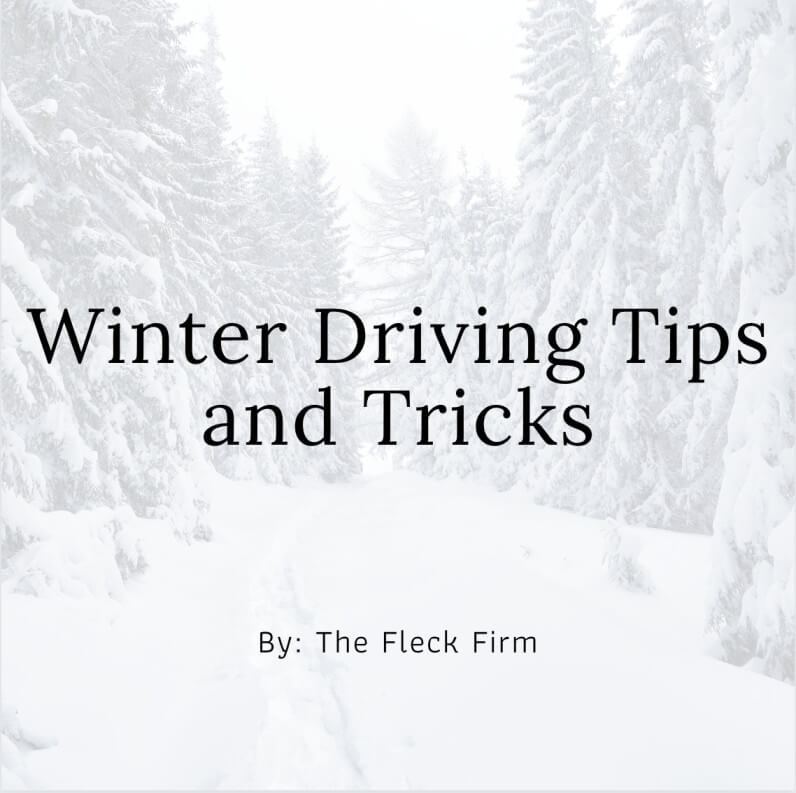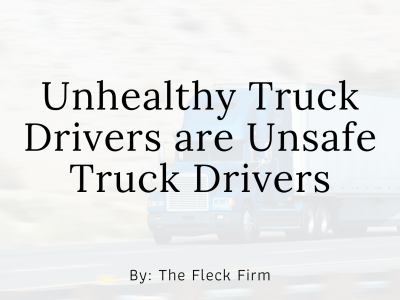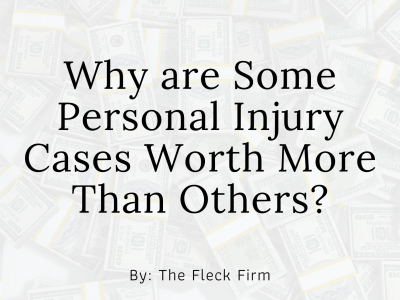We represent people injured in vehicle accidents. Sometimes another party is entirely at fault. Sometimes our client is partially to blame. You can share responsibility and recover from an insurance company, but you want to avoid mistakes to keep yourself, passengers, and others safe. Drivers need to handle the challenges winter presents.
Prepare Your Vehicle for Winter
One mistake is taking winter for granted. Kentucky doesn’t get as much snow and isn’t as cold as some other states, but that doesn’t mean we sail from Fall to Spring. Extreme weather stresses your vehicle. Cold weather may push it over the edge if it’s not in good shape.
One way to get into an accident is to break down in a lane or be stuck on the side of it and be hit by another vehicle. This is always possible, but it’s more likely as traction worsens when the road is covered in water, ice, or snow and it’s dark because daylight is shorter.
If your vehicle is in the shop and your mechanic warns you some component should be replaced sooner than later, get it down now to prevent breaking down and save yourself a lot of trouble and potential danger. It may be expensive, but if you break down, you’ll also need to pay to get towed.
If your tires have little tread, replace them. Snow tires are the safest, but any new tire is better than one with barely any tread left. Your tires are where the rubber hits the road. The cost of a crash may be far, far more than the price of new tires.
How effective are your wipers? If they’re not doing the job, replace them. Visibility may be bad enough if it’s dark, raining, or snowing. Worn wipers smearing water across your windshield won’t help. If you can’t see well enough, you may drive straight into a pedestrian, vehicle, or road hazard that causes you to lose control of your vehicle.
Other attorneys take contingent fees of 33% to 50% of your settlement.
We want you to keep more of your money.
Our contingent fee is only 30% on cases settled prior to filing suit.
Winter Driving Do’s and Don’t’s
Speeding at any time creates more risk, but if it’s dark, the weather’s terrible, and there’s lousy traction, you are asking for trouble. Speed limits are meant for driving in perfect daylight conditions. If that’s not the situation, slow down. It may only be seconds between going home after work and your vehicle wrapping around a tree or telephone pole.
Tailgating is never a good idea, but it’s a worse idea when a road is snow, ice, or water covered. If the vehicle in front of you suddenly slows or stops, you won’t be able to respond fast enough, and you’ll slide into them. If that happens to you, who’s responsible for the accident? You are.
One helpful hint you may have been told when you learned to drive but have forgotten is look where you want to go, not where you don’t want to go. You may watch the guardrail near you or the truck in front of you, but you involuntarily may start to go where you focus (known as target fixation).
Fix your eyes on the center of the lane where you plan on being ten seconds in the future. Your peripheral vision should pick up any closer threats to you and your vehicle (like the brake lights of the car in front of you). In the winter, you should look down the road to see if anything may reduce your traction and ability to stop in time.
If traction isn’t ideal, don’t take any quick, drastic actions. Suddenly braking, steering severely, or hitting the gas can send the car into a slide or spin. Gradual, smooth actions are safer. If you start sliding on an icy or wet surface, don’t trust your instinct to try to stop by hitting the brakes. That will make the situation worse.
Steer into the slide to try to go straight again. If your vehicle’s rear is sliding to the right (passenger side) and you’re heading too far to the left, turn to the right (but not too much, or you may go into a spin). If you’re in this situation, you’re driving too fast or on a road that’s too dangerous for any vehicle.
If your vehicle’s spinning, take your foot off the gas, apply it to the brake, and straighten the steering wheel. You’ll probably make your situation worse if you try to steer the vehicle out of the spin, so the best option is to try to slow down. When it straightens, take your foot off the brake. If you’re going to collide with something, take your hands off the wheel to prevent breaking them or your fingers.
Whether you’re sliding or spinning, the most important thing NOT to do is panic (which is easier written than done).
Take the Next Step After You’re Injured in an Accident – Call Tyler Fleck
Tyler Fleck is an experienced Kentucky personal injury attorney who can help you and your family. Call us at (270) 446-7000 to schedule your free consultation. We’ll discuss the accident, your injuries, Kentucky law, and your best options. Insurance companies have lawyers. You should have one too.








